Writer: Meredith Finch
Pencillers: David Finch and Johnny Desjardins
Inks: Scott Hanna
Colorist: Brad Anderson
Letterer: Rob Leigh
Covers: David Finch, Scott Hanna, Brad Anderson; Massimo Carnevale
By: Matthew Jent
You may or may not have heard about a little movie coming out today called Batman v Superman: Dawn of Justice. Wonder Woman’s name is not in the title, but it nonetheless marks her feature film debut. Reviews of the film range from “inelegant” to “unholy mess” to, in the words of our own Kyle Pinion, “the best looking superhero film I’ve ever seen,” that is, all the same, “a potentially intriguing story trapped in the body of a bloated and poorly edited film.”
But! Kyle also says that, “Gal Gadot steals the show as Wonder Woman,” and Entertainment Weekly just posted and exclusive image from the Amazon’s upcoming solo flick that looks fantastic. So what better time to check in on Wonder Woman’s New 52 comic book, which sees its 50th issue released this week as well?
Well. Wonder Woman appears in this comic book.
That is the nicest thing I can tell you about Wonder Woman #50.
It’s not that it’s a terrible comic book — I wish it were! Terrible comic books can be fun in their own right. It’s just that it’s … fine. It continues an ongoing plot (Wonder Woman seeks some magical macguffins that will save Zeke, a reincarnated-as-a-baby Zeus), it brings back Ares, the God of War Wonder Woman replaced several storylines ago, and even checks in on Donna Troy, who has recently become Fate. But it does all of these things in an uninspiring this-follows-that sequence devoid of … well, wonder.
The script by Meredith Finch is expository and overly wordy, even when a major god-on-god throwdown is happening on the page. The pencils by David Finch and Johnny Desjardins work well in the foreground. Their Wonder Woman appears strong, determined, and beautiful, Hecate is mysterious and alien, Ares is bearded and fearsome. They give us glimpses of godly locations such as strange temples and hidden forges. But the action sequences are lackluster and stilted. When Ares and Diana do battle against a near-blank generic background, they don’t notice the great winged serpent lurking nearby until a two-page spread demands that they do so.
After Ares threatens to take the serpent’s head as a trophy, Diana says she will send him back to Olympus with nothing but a black eye. That’s funny! It’s such a goody-two-shoes threat in the midst of a battle between gods of war, but unfortunately the art doesn’t have the same sense of whimsy. As pretty as they are, the characters are treated like unchanging action figures being clanged together, with no consequences or changes in status.
Scott Hana’s inks and Brad Anderson’s colors complement the pencils and add effective shadow and depth to the foreground figures, as well as the illusion of location to what is sometimes a context-free placement of action. There’s not a lot posing and pin-up work going on here, is what I mean to say — the art does its best to make interesting page after page of talking head scenes.
I’m not well versed in David Finch and Johnny Desjardins as sequential storytellers, so I’m not sure if they’re being held back here by the scripting or not, but I’d be curious to see a “Marvel method” approach to storytelling with this same creative team: a loose plot, the artists free to tell a visual tale, and the writer brought back in to script. Right now it feels like everyone is up to the job, but they’re all working with one hand tied behind their backs.
The backup feature, written by Meredith Finch with pencils by Miguel Mendonça, inks by Sandu Florea, colors by Stephen Downer, and letters by Rob Leigh, checks in on Donna Troy. Even here, 50 issues into the New 52, we’re still asking the question, Who Is Donna Troy? Here, Donna explores what it means to be Fate — she has powers that include some sort of prognostication, seeing the different possible “fates” of a given person — and what that responsibility entails. It’s a one-and-done story in which Donna and her (sometimes winged) horse Discordia encounter a lost boy in a fishing boat. Meredith Finch’s script is clunkier and even more exposition-heavy here than in the main story, with a page-plus devoted to the boy and his mother telling each other their own personal, short-term histories in dialogue even a teenage artificial intelligence would find robotic. The art from Mendonça, Florea, and Downer has its ups and downs — Donna and Discordia spend multiple panels flying toward the boy, while also seemingly frozen in space. But the gloomy rainscape gives a good sense of mood and place, and Donna’s facial expressions belay her existential confusion even better than her exposition. There is a golden-lasso-like border around Donna’s fateful visions, which is a nice effect denoting some sort of supernatural vision.
In both stories, the letters by Rob Leigh are effective and unobtrusive. Words are bolded sparingly, and Donna’s personal asides are given a smaller font size — not unreadable, but clearly not intended for anyone but herself.
As I said above, I don’t think this is a failure of a creative team by any means. But as a just-released issue, in the same week as the character’s first appearance on movie screens, it’s a shame that this Wonder Woman adventure doesn’t do more to showcase an interesting and enduring character. I haven’t written a superhero comic review in several months, mostly because talking heads, event-driven plots, and glacially-paced adventure stories are the norm for superhero comics from both DC and Marvel. All of that wrapped in a $4.99 cover price shows why TV and movies have become the home for the superheroes who were born on the printed page.
The sad truth is that Wonder Woman #50 isn’t terrible — it’s simply forgettable. If superhero comics didn’t exist, and someone invented them whole cloth and they looked like this? We wouldn’t even be reviewing them. No one would adapt them into features and television series. We’d just shrug and say, don’t bother — there’s nothing of consequence to see here.


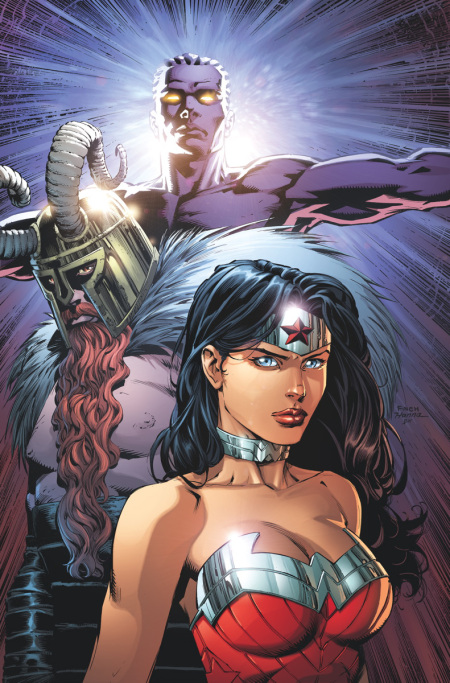
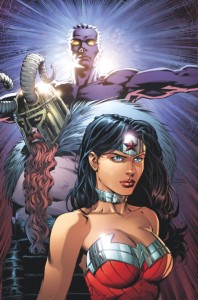
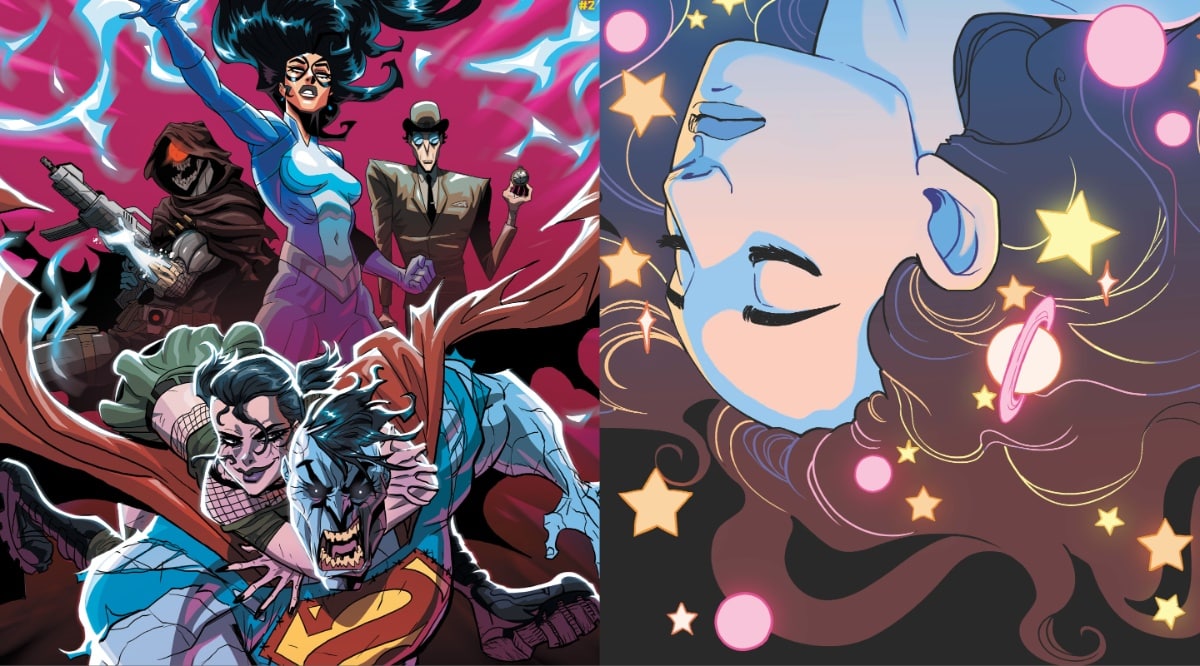
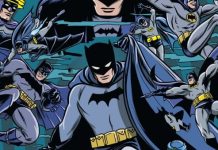
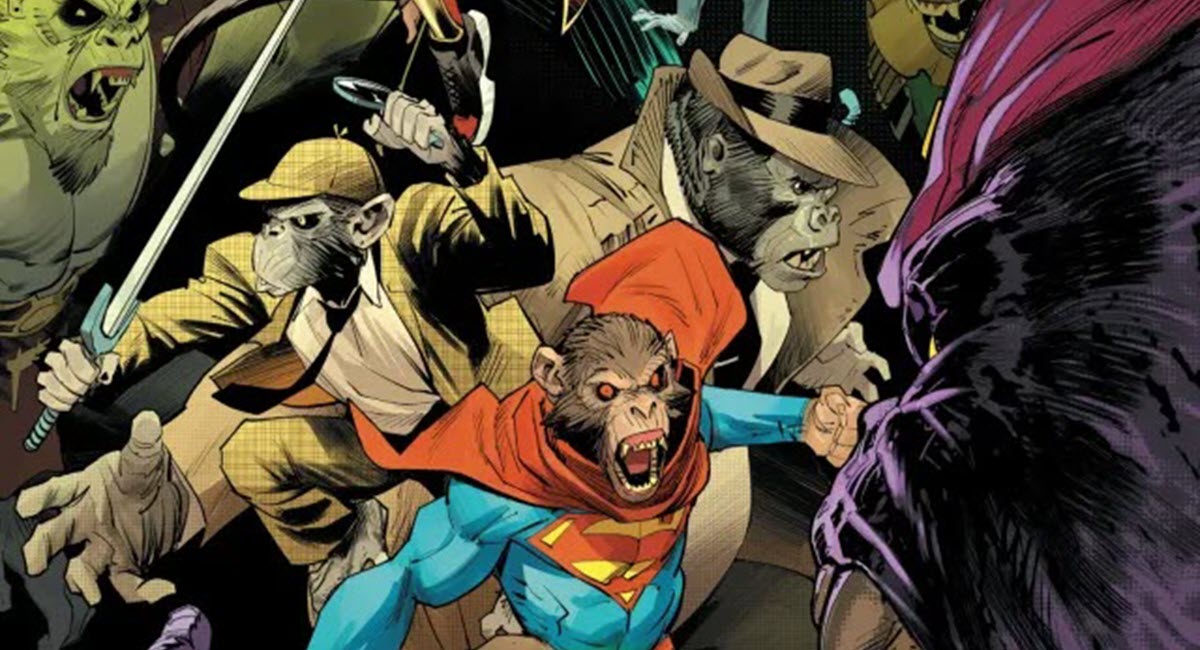



“As I said above, I don’t think this is a failure of a creative team by any means. ”
but it is. Azzarello delivered a good run pretty easy to follow up, and Finches can’t deliver a good story. the pace is awful, art is awful too. This is pure crap and is unnaceptable for a wonder woman book
Why are the Finches still getting work? Who’s buying this fecal matter?
Comments are closed.